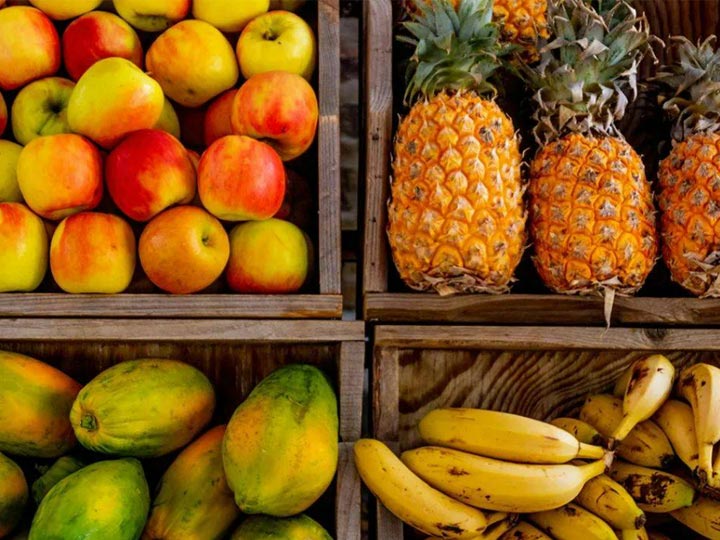Graded Fruit Sales Make Stores Highly Profitable
Supermarkets and market vendors often sell a vegetable or fruit in two sets, one cheaper and one more expensive. If you ask what is the difference between the two, the vendor will introduce that the expensive item is bigger, fresher, and tastes a little better.

The logic of fruit grading in fruit stores
The purpose of grading the fruit first and then selling it is to make better use of the value that the fruit itself possesses and to increase the income of farmers. A box of oranges may be from one tree, but there will always be good and bad, big and small, light and heavy inside.
The better quality should be relatively more expensive. Why? Because two oranges growing on the same tree, one with sufficient sunlight exposure, good nutrient absorption, and no pests, naturally grow larger than the other malnourished and will taste sweeter and have a higher price.
What are the graded fruits in fruit stores?
Whether it is a fruit store or a supermarket, most stores will be graded fruit sales, categories: apples, dragon fruit, cantaloupe, mangoes, lemons, oranges, and so on. Fruit grading sales, for the store gross profit to improve a lot of help, this is also the usual low-end positioning stores.
What standard can fruit be graded by?
Graded fruit for sale is necessarily required to have certain characteristics, which means that the fruit must have graded standards. The most common grading standard in fruit stores is to grade fruits according to their size or weight, and then to commercialize them differently, putting them on different prices and slogans.
For example, the fruit store selects lychees with an automatic fruit grading machine, and the selected large fruits are packed and sold in boxes at expensive prices. The other small fruits are sold in bulk. Customers can see the difference between the two at a glance, and in self-awareness, these are two different things, thus being able to accept the price of both.
